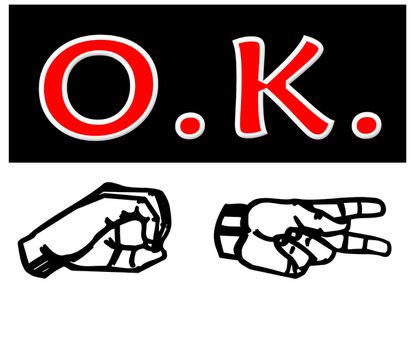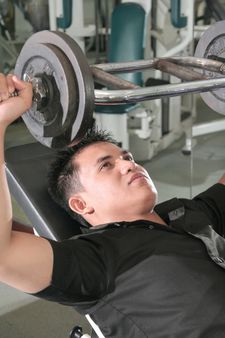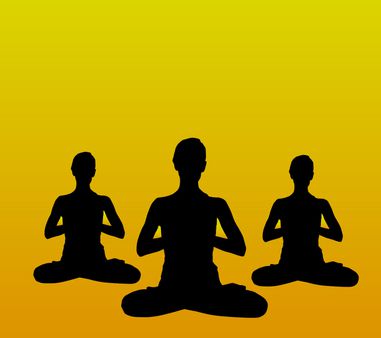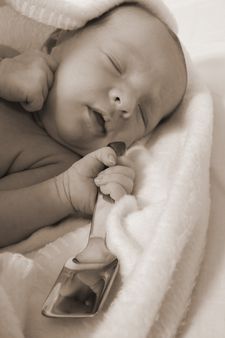There is a difference between alcohol abuse and alcohol dependence (also known as alcoholism.) In either case, alcohol is a drug and there are negative consequences to both. Abusing alcohol puts a person at high risk for alcoholism.
Who is an alcoholic?
What, how much and when one drinks does not determine whether or not one is an alcoholic. Usually, it’s the effects of the drinking that define whether or not there is a drinking problem.
Some effects are not noticeable right away though, and the alcoholic could be a very successful individual at the moment. This contributes to the alcoholic's denial of the problem. Negative effects of alcohol abuse on the family, the alcoholic’s emotional life and his physical body do catch up over time.
Wondering whether or not you have a problem with alcohol use is a possible sign of alcoholism or abuse. This could be a bit of wisdom that should be honoured. If you think you have a problem, see your doctor.
Alcohol abuse versus alcoholism
Alcohol abusers have some ability to limit their drinking while alcoholics do not. Alcohol abusers do not perform as well as they could at work, school, and in relationship commitments because they are drinking or recovering from drinking.
Self-medicating is a sign of alcohol abuse. Drinking alcohol to calm down, gain confidence or manage stress levels is considered self-medicating as it is being used to treat feelings of depression or anxiety.
Using alcohol in situations where it could be dangerous, like driving, can be signs of abuse.
Signs of an alcoholism
The major difference between alcoholism and alcohol abuse is that a person who becomes physically dependent on alcohol is an alcoholic. Physical dependence means feeling physically driven to drink, requiring alcohol to function or feel normal and the existence of withdrawal symptoms when alcohol is stopped.
Withdrawal symptoms may include: Anxiety, shakiness, nausea, vomiting, insomnia, depression, irritability, fatigue, headache. The alcoholic will often drink more to combat these symptoms.
Serious signs of withdrawal include: Hallucinations, confusion, seizures, fever and agitation. A doctor should be consulted if these symptoms occur.
An increasing tolerance to the effects of the drug is another sign of alcoholism. In other words, the alcoholic has to drink more in order the achieve the "buzz" he used to feel with just a few drinks.
Other signs of alcoholism include not being able to control drinking, revolving one's life around it, continuing to drink in spite of problems, financial problems due to drinking, drinking in secret, being panicky when alcohol is not available, keeping stashes of alcohol in different places, getting annoyed when people comment on one's drinking and being in denial about the extent of the problem.



























